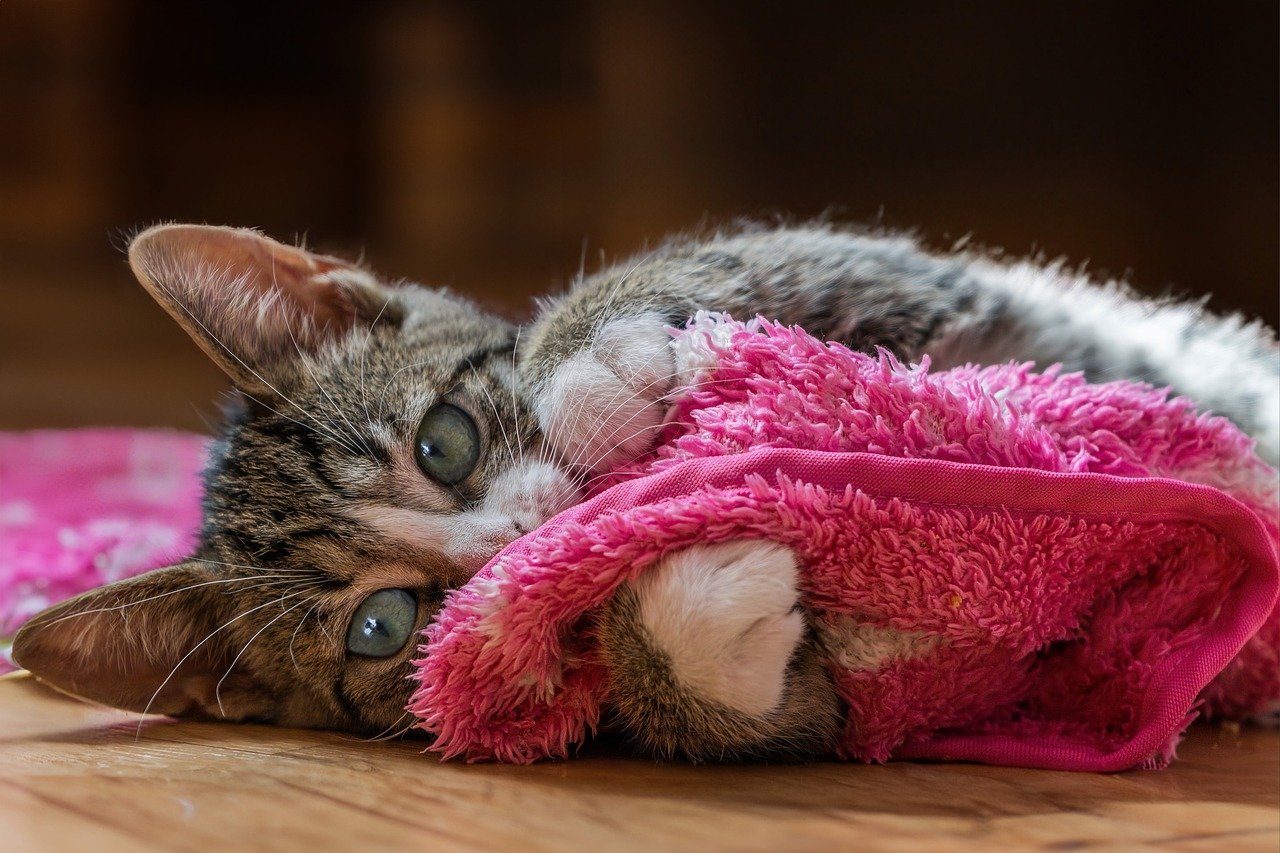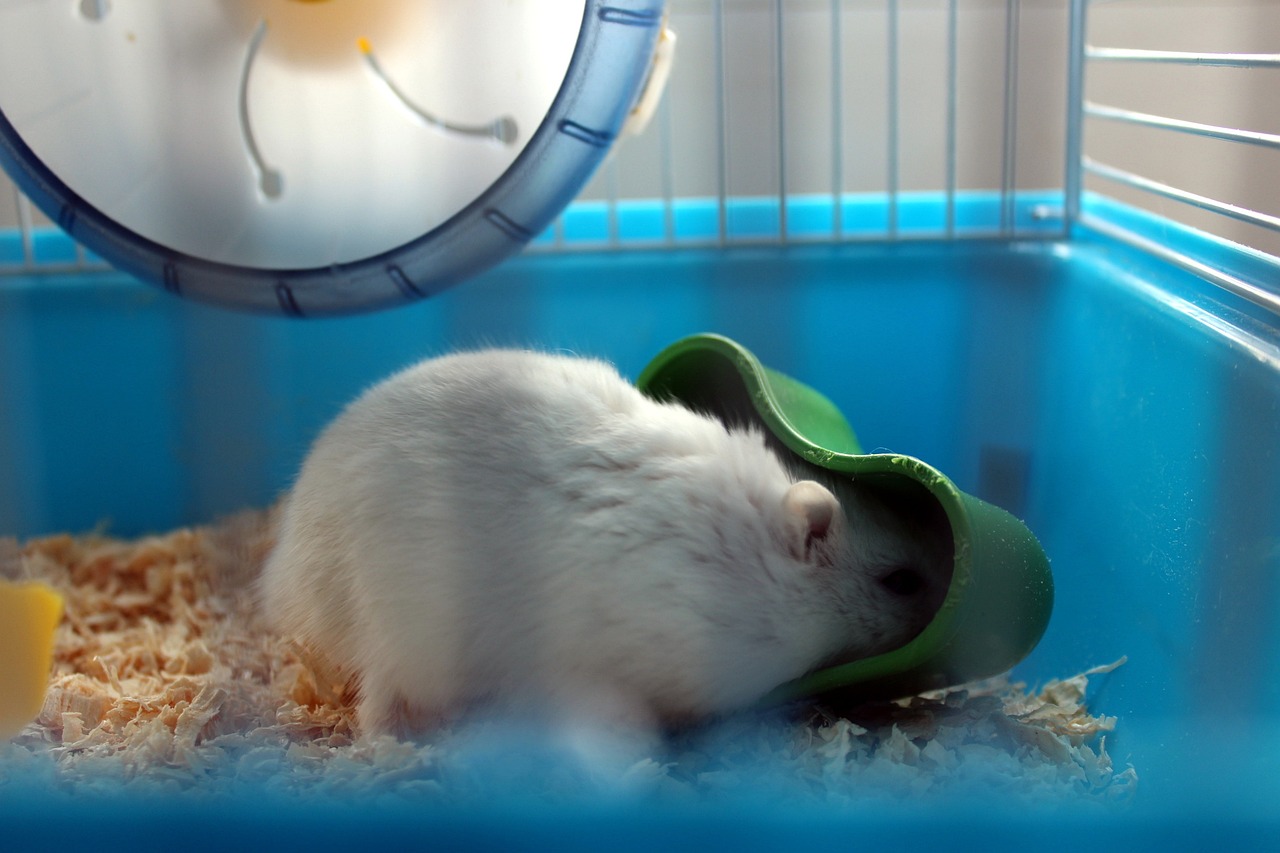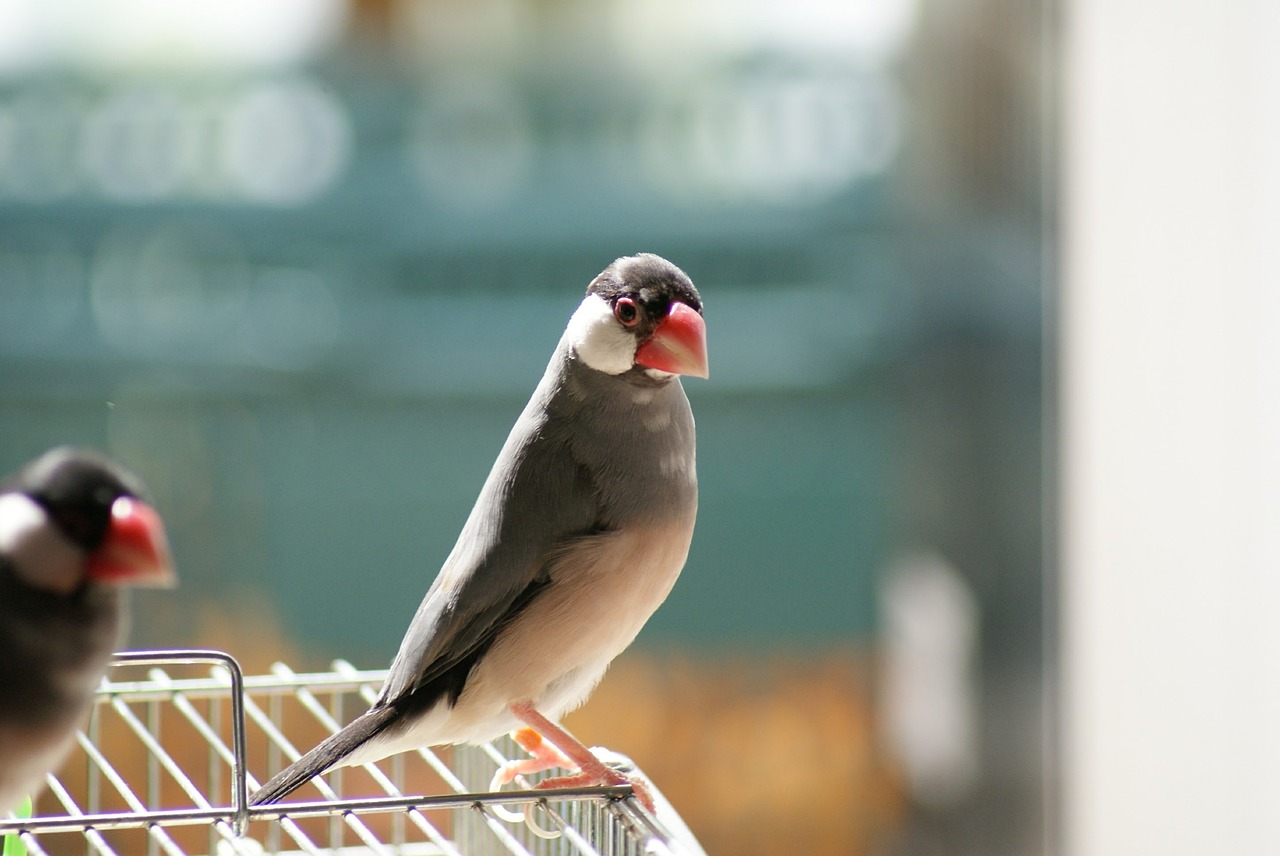Choosing a Pet to Help Your Child Grow: How to Find the Right Animal for Your Family

How should I welcome a pet into my family that will have such an impact on my child’s development?” This question is a common concern for many parents. A pet is more than just a member of the family; it can be an important growth partner, especially for children. However, the choice is not easy. Which animal will have the most positive impact on a child’s development and how to find that perfect pet are matters to consider carefully. In this blog, we will explore the topic of choosing a pet to help your child grow: how to find the perfect animal for your family. We will detail how pets can contribute to a child’s emotional development, socialization, and fostering a sense of responsibility. In addition, we will offer suggestions on how to choose the right pet for your family environment, your child’s age, and your lifestyle, and focus on the long-term benefits of a child’s relationship with a pet. Through this guide, we will help you choose the best pet for your family.
Introduction: The Importance of the Child-Pet Relationship
The impact of children’s interactions with pets on their development is immeasurable. Pets are more than just playmates and adorable family members; they are deeply involved in a child’s physical and emotional development.
- The Role of Pets in Child Development
- Pet Selection Basics: Safety and Compatibility
- Recommended pet types for children
- Developing a sense of responsibility and empathy
- Improved empathy and emotional regulation
- Joint caretaking activities
- Learning through Pets: Educational Aspects
- Pet Health Care and Family Preparation
- Summary: Children grow up with pets.
The Role of Pets in Child Development
Studies have shown that pets have a positive impact on children’s social skills, emotional intelligence (EQ), and even academic success. For example, pets such as dogs and cats teach children empathy and compassion. Through caring for pets, children naturally develop the ability to be attentive to the needs of others. Pets also help hone nonverbal communication skills. By understanding the emotions and needs of pets, children can develop richer emotional expression and interpersonal skills.
Educational and psychological benefits of pets
Psychologically, pets can provide stable emotional support for children. For example, when faced with stressful situations or social difficulties, pets can provide comfort and serve to reduce feelings of isolation. When children interact with pets, their sense of security and well-being increases and overall mental health is promoted. Additionally, caring for pets provides an excellent opportunity to teach children responsibility and self-efficacy. Maintaining regular care and routine teaches children the importance of responsibility in their daily lives, while helping them develop self-confidence through success stories. Thus, pets play an important role in both children’s education and psychological development, contributing to their overall personality development. In the next section, we will explore how to choose a pet that is safe and appropriate for your child’s age and personality
Pet Selection Basics: Safety and Compatibility
When welcoming a pet into the family, its safety and compatibility with members of the family are important factors. These points should be carefully considered, especially in families with children.
How to choose a safe pet
The most important factor in choosing a pet is safety in the home environment. Especially in households with small children, it is essential to choose a pet that has a low risk of biting or scratching. Another important consideration is the health of the pet itself and the characteristics of the breed. For example, large dogs and certain breeds of animals may not be appropriate for young children because of their activity. In contrast, small dogs, cats, and rabbits tend to be relatively easy to handle and work well with children.
How to choose the right pet for your child’s age and personality
The age and personality of the child is an important consideration in the selection of a pet. Young children are best suited to pets that are easy to handle and have gentle personalities. For example, a cat with a gentle disposition or a small, quiet dog breed would work well with young children. The best pet for a child also depends on the child’s personality. An energetic pet is appropriate for an active child, while a quiet, calm pet is appropriate for an introverted child.
Consideration of allergies and home environment
The presence of allergies in the household is also an important consideration. If you are allergic to animal hair in particular, it is recommended that you choose a pet with less hair or a breed that is less likely to cause allergic reactions. Additionally, the type of housing (e.g., apartment or house) and the size of the space are also important in selecting a pet. Choosing a pet that can provide the appropriate space and environment will ensure the pet’s own well-being and the comfort of the family. Choosing a pet that takes these factors into consideration will ensure a safe and enjoyable symbiosis for the entire family. In the next section, we will delve into the details of pet types that are especially recommended for children.
Recommended pet types for children
To children, pets are more than just playmates. The unique characteristics of each pet type can teach children different lessons and contribute to their development. Below are some pet types that are especially recommended for children and the benefits they may bring to them.
Dogs: Loyalty and sociability
Dogs are one of the most common pets and are loyal and social animals. Living with a dog provides a wonderful opportunity to teach children friendship, trust, and to develop social skills. By caring for a dog, children learn responsibility, plus regular walks promote a healthy lifestyle.
Cats: Independence and Healing
Cats are known for their independence, quietness, and healing nature. The cat’s graceful demeanor and warm interactions can bring peace and calm to children and relieve stress. Caring for cats also teaches children the importance of understanding the space of others while respecting their independence.
Small animals (rabbits, hamsters, etc.): Developing ease of handling and a sense of responsibility
Small animals are great pets, especially for young children. Rabbits and hamsters are easy to handle and their cute appearance attracts children’s interest. Caring for small animals is a good opportunity to teach children the importance of daily routines and to develop a sense of responsibility.
Fish and birds: observational skills and sensitive consideration
Fish and birds nurture children’s observational skills with their beauty and unique behavior. By observing life in an aquarium or bird cage, children develop an interest in the wonders of the natural world and learn sensitive care. Caring for fish and birds also helps them develop calmness and concentration in their daily lives.
Reptiles and insects: rarity and scientific interest
Reptiles and insects are an interesting alternative to the usual pets. These pets provide children with curiosity and wonder and stimulate scientific interest and exploration. Taking care of a small ecosystem is a great opportunity to encourage children’s interest in natural science and biology. These pet types provide valuable learning opportunities for children and can have a tremendous impact on their development. In the next section, we will discuss in more detail how to foster responsibility and empathy in children through pets.
Developing a sense of responsibility and empathy
Living with a pet is an excellent opportunity to teach children responsibility and empathy, two important skills in human relationships. These skills are naturally developed through the care of pets and have a significant impact on children’s character development.
Education in responsibility through pet care
Pet care is a practical way to teach children daily responsibilities. Basic pet care, such as regular feeding, cleaning, and exercise needs, instills a sense of planning and responsibility in children. In the process, children learn that their actions directly affect other living creatures and realize the importance of taking responsibility for consequences. In addition, ongoing efforts to keep pets healthy and happy teach children the value of long-term commitment.
Improved empathy and emotional regulation
Interacting with pets is an important means of developing empathy in children. Pets do not speak, but they express their feelings and needs in a variety of ways. In this way, children learn to understand their pets’ feelings and needs and act accordingly. These experiences help children develop the ability to sense the emotions of others and respond appropriately. Interactions with pets are also where children learn how to express and regulate their emotions. Calm time spent with pets helps children relieve stress and stabilize their emotions. The sense of responsibility and empathy developed through pets are important skills that will help children when they enter the workforce. In the next section, we explore ways to strengthen the bond with your pet through family activities.
Family activities: bonding with pets
Pets do more than simply support the development of children; they provide an opportunity to strengthen the bond of the entire family. Joint pet care, play, and walks promote communication and cooperation among family members, building stronger family bonds.
Joint caretaking activities
Sharing the care of pets with family members teaches the importance of teamwork and cooperation. Children learn their roles as a family through daily tasks such as feeding and cleaning. This joint work encourages dialogue and cooperation among family members and fosters a sense of understanding and respect for one another. Family health checks and visits to the vet for pets also foster a sense of shared responsibility.
Playing and walking with pets
Playtime and walks with pets are enjoyable shared experiences for the family. These activities provide an opportunity for the whole family to relax and get away from the stresses of everyday life. Walking with the dog, playing with the cat, or playing with birds and small animals strengthens family bonds and creates shared memories. Through these activities, families can discover different aspects of their pets and share new discoveries with each other.
Promotes family communication
Pets can be a medium of communication between family members. Topics related to pets naturally encourage conversation among family members and provide an opportunity to share mutual interests and feelings. In particular, discussing pet-related decisions and problem solving with family members is an important process that reinforces communication skills and strengthens family bonds. Family activities with pets are a wonderful way to increase happiness and togetherness in the home. The next section focuses on the educational aspect and its long-term benefits through pets.
Family activities: bonding with pets
Pets do more than simply support the development of children; they provide an opportunity to strengthen the bond of the entire family. Joint pet care, play, and walks promote communication and cooperation among family members, building stronger family bonds.
Joint caretaking activities
Sharing the care of pets with family members teaches the importance of teamwork and cooperation. Children learn their roles as a family through daily tasks such as feeding and cleaning. This joint work encourages dialogue and cooperation among family members and fosters a sense of understanding and respect for one another. Family health checks and visits to the vet for pets also foster a sense of shared responsibility.
Playing and walking with pets
Playtime and walks with pets are enjoyable shared experiences for the family. These activities provide an opportunity for the whole family to relax and get away from the stresses of everyday life. Walking with the dog, playing with the cat, or playing with birds and small animals strengthens family bonds and creates shared memories. Through these activities, families can discover different aspects of their pets and share new discoveries with each other.
Promotes family communication
Pets can be a medium of communication between family members. Topics related to pets naturally encourage conversation among family members and provide an opportunity to share mutual interests and feelings. In particular, discussing pet-related decisions and problem solving with family members is an important process that reinforces communication skills and strengthens family bonds. Family activities with pets are a wonderful way to increase happiness and togetherness in the home. The next section focuses on the educational aspect and its long-term benefits through pets.
Learning through Pets: Educational Aspects
Living with pets provides an educational opportunity to give children a deeper understanding of respect for life and mortality. It also fosters an interest in nature and ecosystems and provides a foundation for scientific inquiry.
Respect for life and understanding of life and death
Through caring for pets, children learn respect for life. Attention to the health and well-being of pets deepens their understanding of the value and vulnerability of life. The experience of a pet becoming ill and eventually dying provides realistic lessons about life and death. Through these experiences, children learn about the cycles of life and the natural flow of life and death.
Fostering interest in nature and ecosystems
Through pets, children learn about the natural world and the role of life within it. For example, keeping fish, reptiles, and insects as pets can help children develop an interest in the complexity and diversity of ecosystems. These pets help them intuitively understand biological concepts such as food chains and environmental adaptations. Through caring for pets, children also begin to think about the importance of environmental conservation and the impact humans have on the natural world. Interacting with pets plays an important role in children’s education and is a valuable opportunity to foster respect for life, interest in nature, and scientific curiosity. The following sections focus on pet health care and family preparation, detailing how to prepare the entire family to welcome a pet into the home.
Pet Health Care and Family Preparation
Having a pet as a member of the family requires preparation for its health care and lifestyle for the entire household. Maintaining the pet’s health is the responsibility of the entire family, and emergency planning and daily life management are important.
Regular health checks and proper diet
Your pet’s health and well-being begins with regular veterinary checkups and proper nutrition. Vaccinations and regular checkups are essential for the long-term health of your pet. It is also important to provide an appropriate diet for the pet’s breed, age, and health status. By properly managing the content and quantity of the pet’s diet, families can reduce the risk of overweight and undernourishment and support the pet’s health.
Emergency Response Plan
When owning a pet, it is important to have an emergency response plan in place. This includes having information on the veterinarian to contact in the event of an emergency, preparing your pet’s medical records, and having necessary medications and first-aid equipment ready. You should also have a plan for the safe evacuation of your pet in the event of a natural disaster or household emergency. These preparations are essential for responding quickly and appropriately to unexpected situations.
Family time management and cost considerations
Pet care affects family time management. The time required to care for a pet must be considered and properly integrated into the family’s daily routine. This includes meal preparation, exercise, care, and regular visits with the veterinarian. Another important consideration is the costs associated with owning a pet. A comprehensive budget plan is needed that includes the cost of food, medical care, toys and accessories. It is important that families understand these costs and share the responsibility of pet ownership. Pet health care and family preparation are essential components of a long-term relationship with your pet. The following sections take a closer look at the long-term benefits of living with a pet and improving the overall well-being of the family.
Summary: Children grow up with pets.
The time children spend with their pets is more than just fun. This experience has a profound impact on the development of children’s character and provides long-term benefits that enhance the well-being of the entire family!
Long-term benefits from living with pets
Living with pets teaches children many important lessons. Developing a sense of responsibility, empathy, and communication skills contributes to their social skills. In addition, the respect for life and understanding of nature learned through pet care influences the formation of ethical values in children. These skills and values will help them in school, in their future workplaces, and in their daily relationships.
Improved overall family well-being
Pets bring joy and healing to the entire family and strengthen the bond between family members. Joint care activities and playtime with pets create opportunities for families to spend quality time together. These shared experiences promote communication among family members and help them understand each other better. In addition, many studies have shown that the presence of pets reduces stress in the home and increases overall well-being. Thus, living with pets has a profound impact on children’s development and contributes to the well-being and health of the entire family. By growing up with pets, children learn important relationship-building skills and families build stronger bonds.






